Nacre pearls and their secrets
Since their discovery in the heart of oceans, pearls have fascinated creators, jewellers and watchmakers alike. Turned into jewellery in artisans' workshops, these small natural marbles need years to be fully formed and all the rage today. Dive into the secret world of these rare valuable pearls that have always bewitched celebrities…
Approaching the universe of pearls from a strictly scientific point of view is not that glamorous. Nacre (pearl layer) is “the inner iridescent layer of molluscan shells, which is composed of alternating layers of aragonite platelet and organic materials film“. Though precise, this definition says nothing of the beauty and poetry of these small nacre pearls, with their iridescent reflections, multiple shades and delicate shapes.
The pearl, at the heart of civilizations
Known for millennia, pearls have fascinated many civilizations throughout History and the entire world and were used as jewellery, ornaments, talismans and even as a trading currency. Since it takes years for a pearl to form inside a shellfish, it unsurprisingly became a symbol of passing time and has nowadays given its name to the anniversary for 30 years of marriage (pearl anniversary). Which makes it a beautiful and obvious gift choice to celebrate the event and reinforce the union.
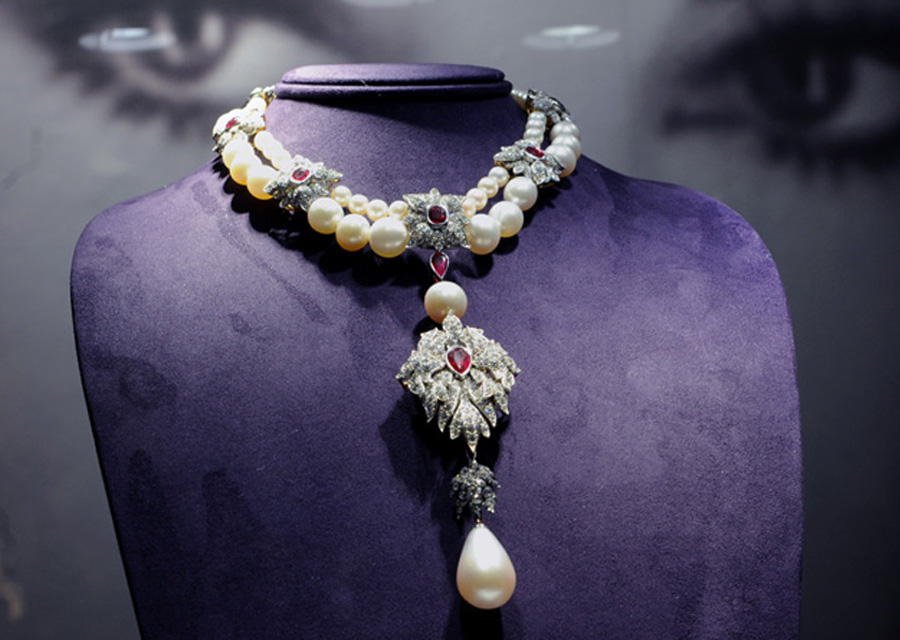
It’s impossible not to mention the Peregrina pearl, owned by several of the greatest monarchs (such as Marie Tudor, Queen of England, but also Napoleon I and Napoleon III). And it kept on being passed on up to Liz Taylor, whose husband Richard Burton gifted her the pearl… which was then gnawed on by her dog. Thankfully saved from the puppy’s maw, it was then auctioned at Christie’s in 2011 for 11.8 million dollars!

Cultured pearls, natural pearls or imitation pearls
Said to be the tears of joy shed by Aphrodite, pearls were very important in the Greco-Roman world. During the Roman Empire, wealthy citizens used to offer one every year to their daughters so they could have a complete necklace when they reached adulthood. While the were natural and rare some millennia ago, pearls have become quite common, thanks to the progress of pearl culture but also of the chemical industry. So much so that they now must be classified into different categories. So what kind of pearl are we talking about? Because many marbles can bear the name, but few truly possess the qualitative and aesthetic value. Let’s clarify.
The difference between a natural and a cultured pearl is a surgical operation performed inside the mollusc. When the oyster produces a pearl on its own, it is called a “natural” one. But, when a “nucleus” is manually put inside the oyster before being transformed into a pearl, the pearl is “cultured”.
First attempts at pearl culture occurred quite early in History. However it is only at the end of the 19th century, especially with Japanese entrepreneur Mikimoto Kokichi, that pearl culture became a real technique and began to really develop. He is the one who democratized the technique of placing a graft inside the oyster and enabled the first mass pearl harvests – in an equal quantity than natural pearls. As a matter of fact, cultured pearls were for a long time depreciated compared to natural pearls, which were deemed finer and more precious. However, logic took over: even in the case of cultured pearls, everything depends on the pearl oyster! Indeed, the man-made graft is not always successful, and losses are frequent. Cultured pearls have therefore earned their title of (quasi) natural marvels and they ornate beautiful necklaces composed of many iridescent marbles.
Besides these two main kinds of pearls, there are “imitation” pearls. These can be found anywhere and everywhere. The most renowned are Majorica pearls or Shell pearls. They are factory-made, using shell powder and different coatings. They do not faithfully represent of pearls, with their perfect roundness and striking shine. Only chemistry can achieve such a feat. Cultured pearls are much more natural and much less regular… But so much more beautiful.
The big pearl families
Tahiti, Australia, Akoya, China… All these names evoking wonderful and exotic countries also produce pearls – sometimes of an incredible quality. Colour, size, shape and prestige differentiate pearls from one another even if all are incontestably wonders of nature that can be turned into jewellery of unmatched beauty.
Australian pearls are often the rarest and most expensive among cultured pearls. Recognizable by their dense nacre and large diameter, they generally sport a silvered white shade with some pink hues. Their irregular shape – that could be compared to gold nuggets – is what makes them charming once they are inserted into rings, pendants, brooches or earrings.
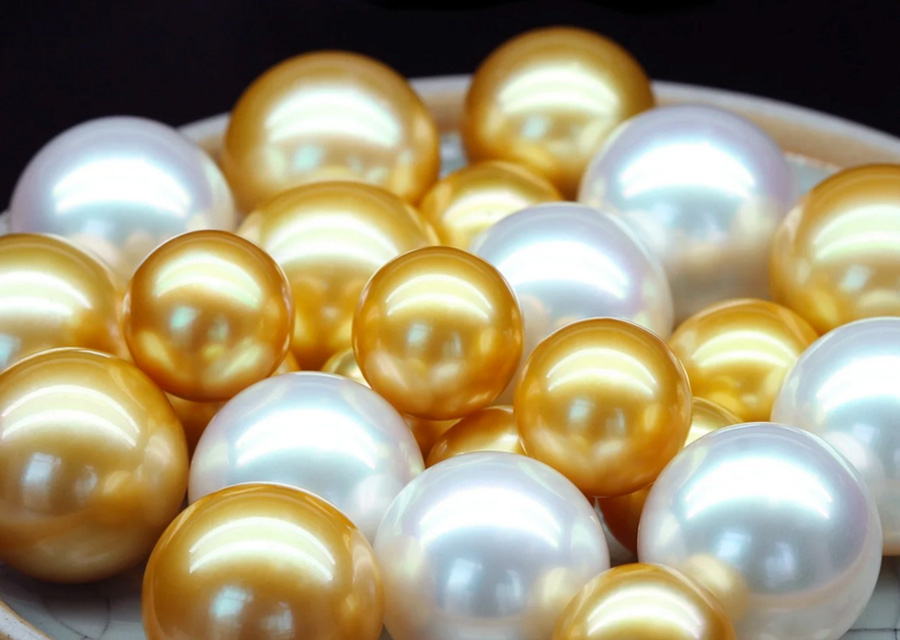
Tahitian pearls are renowned for their light grey or steel shade, and emerald, bronze or cream hues… But the black ones are the most emblematic, as they are behind the reputation of these small Polynesian wonders. They are the only naturally dark pearls, and their introduction on the market was a true revolution in the world of pearl culture. Round but with a slightly irregular diameter, AAA and AA+ pearls are generally put together (see the scale system described further down), to create exceptional strings of pearls at affordable prices.
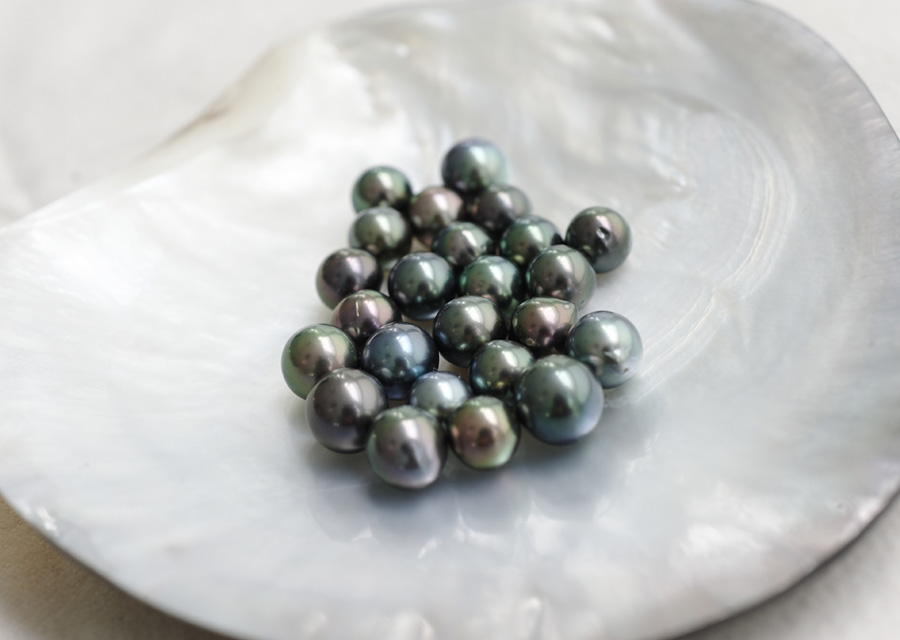
Akoya pearls, mainly produced in Japan, are the most classic and famous pearls. Thanks to their round appearance and their almost unvarying sizes, they are often sold as strings of pearls. The most beautiful pearls of the Akoya family, flaunting a splendid shine, a near-perfect roundness and soft texture, are called “hanadama”. To confirm their quality, an official certificate from the Pearl Science Laboratory in Tokyo is needed.
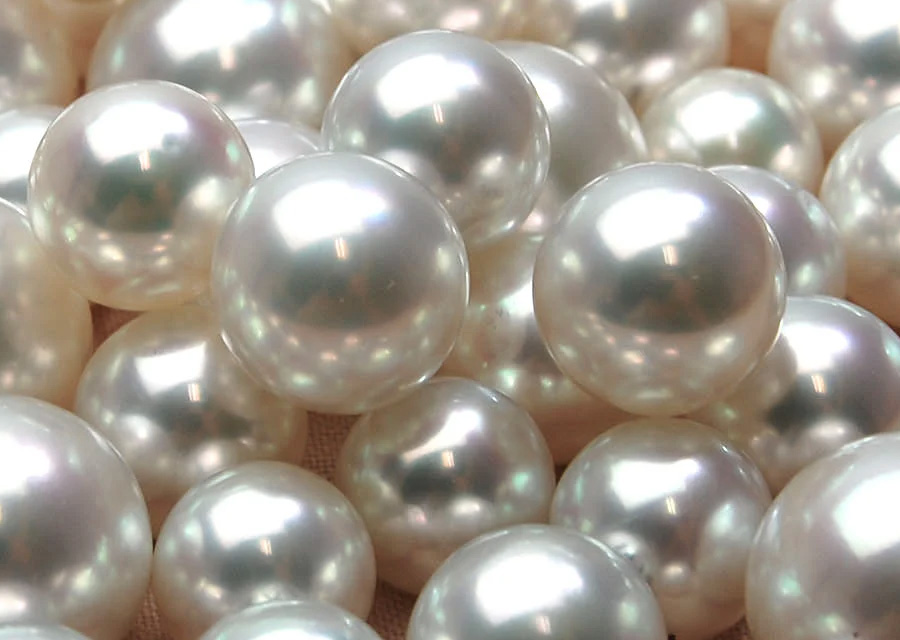
China pearls, also called freshwater pearls, are widely produced, seeing as they have better conditions than saltwater ones (water is calmer in lakes so infrastructures cost less), which explain their lower price. Quite resistant, they are perfect to be worn daily and their appearance, while it can vary, generally remains of quality.
Pearls, guardians of Nature
Unlike numerous other stones, gems and precious materials used in jewellery and timepieces, pearls and their culture have no negative impact on the environment. As you must know, extracting stones and metals comes with drilling, mining, toxic products and sometimes deforestation. But pearl culture is a respectful production that only demands limited human intervention and patience to give jewellers astonishing specimens.
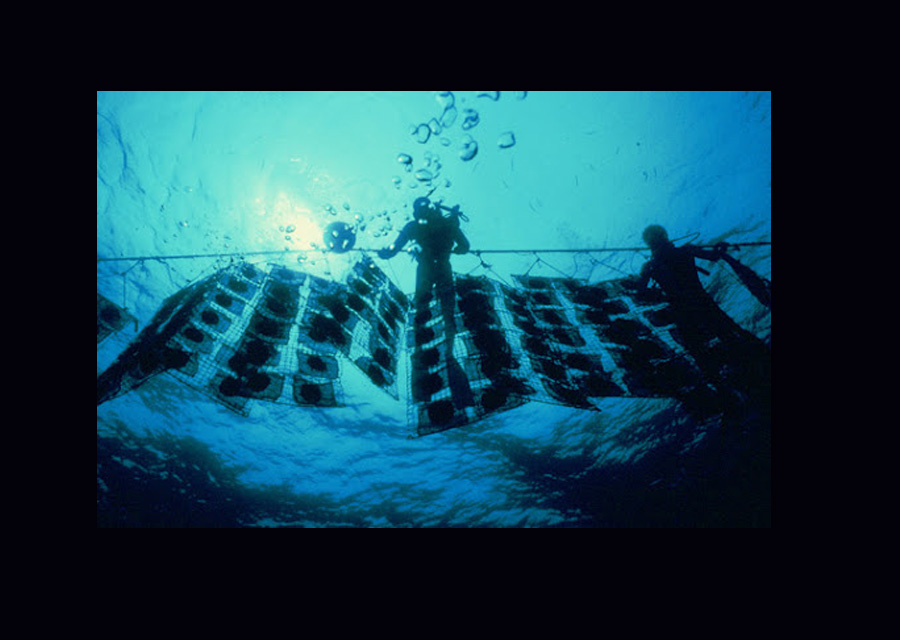
Pearls need a healthy environment to develop. Polluted waters would be detrimental to the culture of these small spheres. The very slow process of pearl formation (between 2 and 3 years for a medium size and up to 5 years for a bigger calibre) cannot be hastened by man intervention: patience is always rewarded. However, skills are also required: pearls sorting must be done by hand, to assess their quality. A machine, while it can calculate the roundness of a pearl, will never be able to see or estimate the differences between shades and surfaces. Which is why a local qualified workforce, with technical and precise know-how, is so important.
Pearls classification
Inspection and identification of pearls are a significant part of pearl culture. These underwater jewels have great value and must be carefully examined before being commercialized.
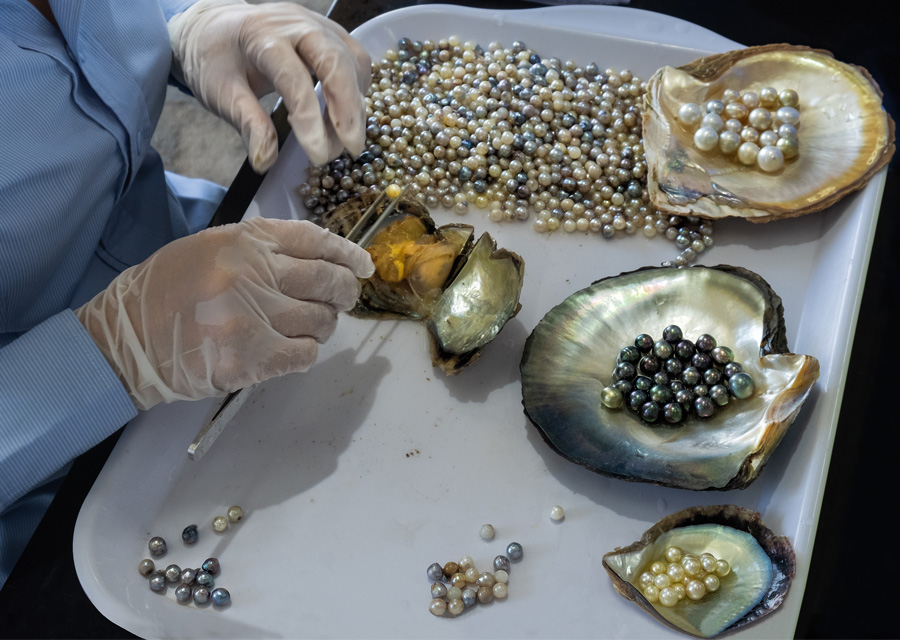
Two systems are used to grade pearls: the A-D scale (or Tahitian system) and the AAA-A grading system developed by the Gemological Institute of America (GIA). Both grade pearls according to their imperfections and their lustre, with the GIA’s being slightly more precise than the other. The A-D system classifies pearls from A (minor imperfections over less than 10% of its surface, very high lustre, the best being called “top gem”) to D (defects over 60% of its surface, weak lustre). The American system AAA-A details more precisely the percentage of defects: AAA for pearls with a surface between 100% and 95% blemish free, AA+ for 95% to 85%… Down to B for pearls that cannot be commercialized as gems.
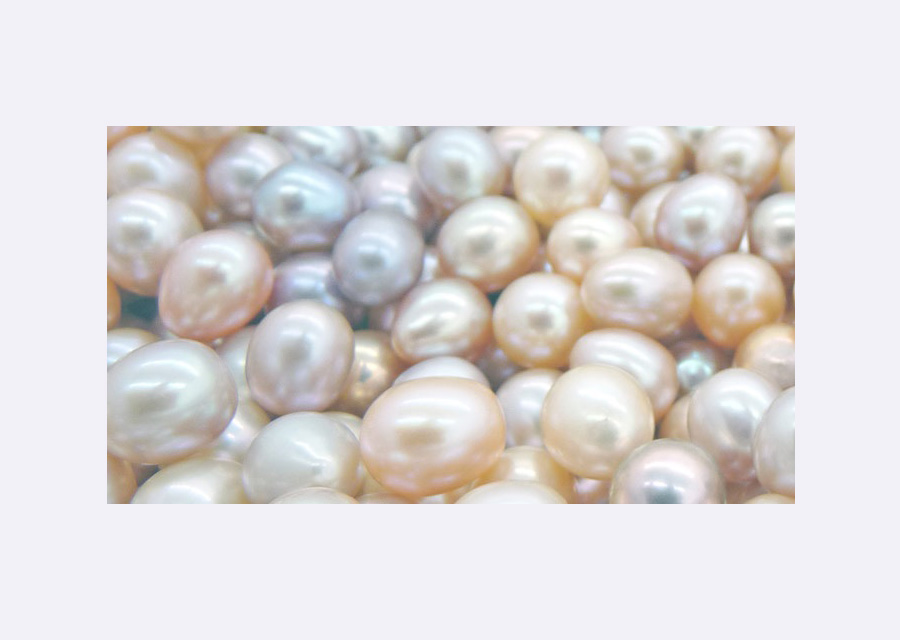
There are six main shapes: round, near-round, button, pear, baroque and circled. Perfectly round pearls are the rarest, therefore the most expensive. Circled pearls are characterized by concentric rings running around their circumference. As for baroque pearls, they are famous for having given their name to a literary and artistic European style. From the Portuguese “barroco” meaning “flawed pearl”, their singular appearance is sometimes hidden inside a jewel, others proudly brought to light.
How to take care of pearls
Pearls need water and proteins. Never forget that they are a natural product coming from a live being! They actually need to be worn. If they stay inside a safe for too long, deprived of skin contact, they lose their colour, their shine and the nacre can crack… And these changes are irreversible!
To avoid any disappointment, they must be taken care of with simple but efficient movements. Very sensitive to cosmetics, pearls must not be sprayed with perfume or touch any make-up product. It is therefore recommended to put them on last. To clean them, a small tissue slightly humidified with clear water without any chemicals is quite enough. You can also put a drop of olive oil on the pearls and polish them with a soft fabric to give them a shine. Ideally, you should entrust them to a specialized jeweller who will know how to restore these jewels’ beauty. When they are not worn, it is advised to store them in a cloth or a jewellery pouch: safe from any contact with abrasive materials.
Mikimoto and pearl culture
To learn more about these nacre jewels, let’s take a look at Mikimoto, true “pearl in the pearl world”. Located Place Vendôme in Paris, the boutique offers collections with multiple inspirations, decorated by pearls of irreproachable quality. Founded in 1893, the Maison’s name comes from Japanese Kokichi Mikimoto, inventor of the Mise-Nishikawa technique which enabled the production of cultured pearls. Respecting ancestral tradition – first drafts are always realized with Japanese ink brushes – and committed to an ethical and responsible pearl culture, Mikimoto provides a wide range of eclectic jewellery.
You can choose pearl necklaces which shapes and sizes easily adapt to any outfit: the Choker (40 cm) for an evening out, the casual “Matinée”, the Opera (80 cm) for formal evenings or even the Rope, with its astonishing 120 cm-length… Or you can fall for the High Jewellery Mikimoto collections, which are real gems.
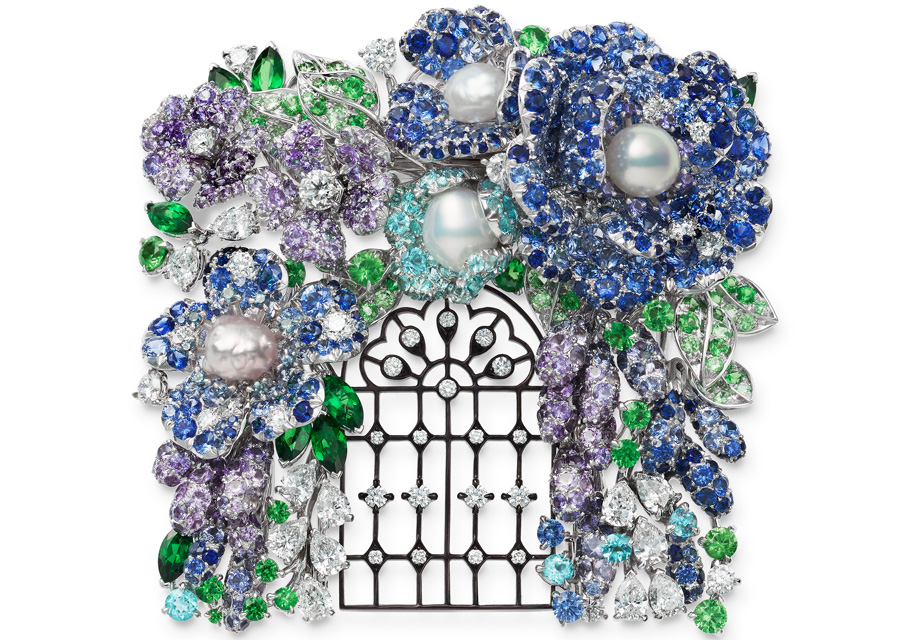
These collections comprise the sumptuous “Jardin Mystérieux” jewels, with a brooch representing the gate to an enchanting place, bursting with life and beauty, embellished by four natural pearls. But also the new collection “Feather”, featuring diamond and white gold brooch topped by pearls, as delicate as a real feather.
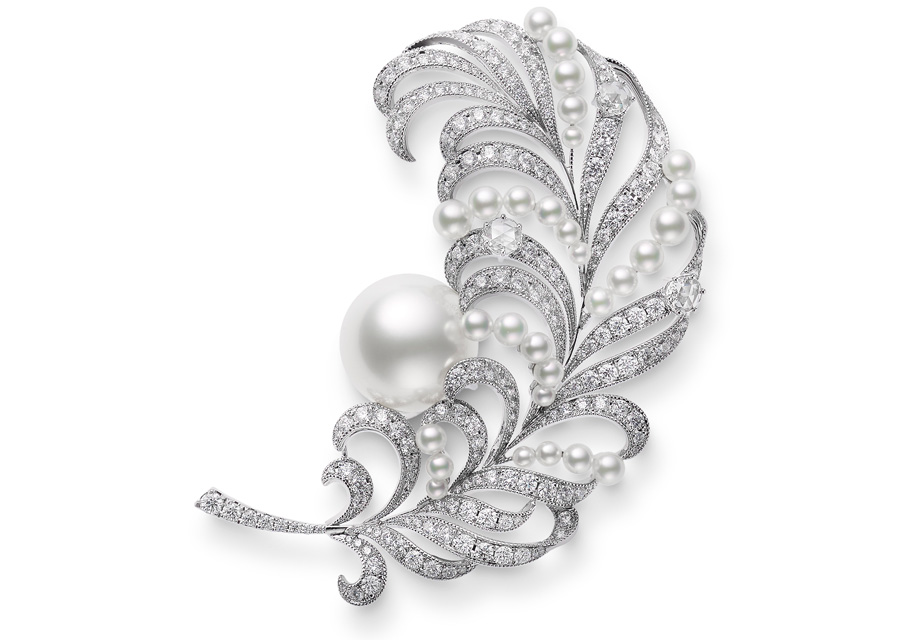
Also worth mentioning: the “Jeux de Rubans” and “Les Pétales Place Vendôme” collections, wonderfully sublimating the Mikimoto pearls with their curves and colours.
Lastly, let’s shortly focus on the Mikimoto x Comme des Garçons collaboration, which is a small revolution in the world of high jewellery. Composed of seven genderless pieces in silver and pearls, it embodies modernity. All kinds of necklaces, mix tradition and avant-garde while pushing the boundaries of gender.
Pearls, at the heart of jewellery watches
Great watchmaking houses have also adopted the beauty of pearls to create true jewels. Astounding and intense, in between a talisman and a jewel, these watches represent the remarkable work of master craftspeople who continuously draw inspiration from their environment.
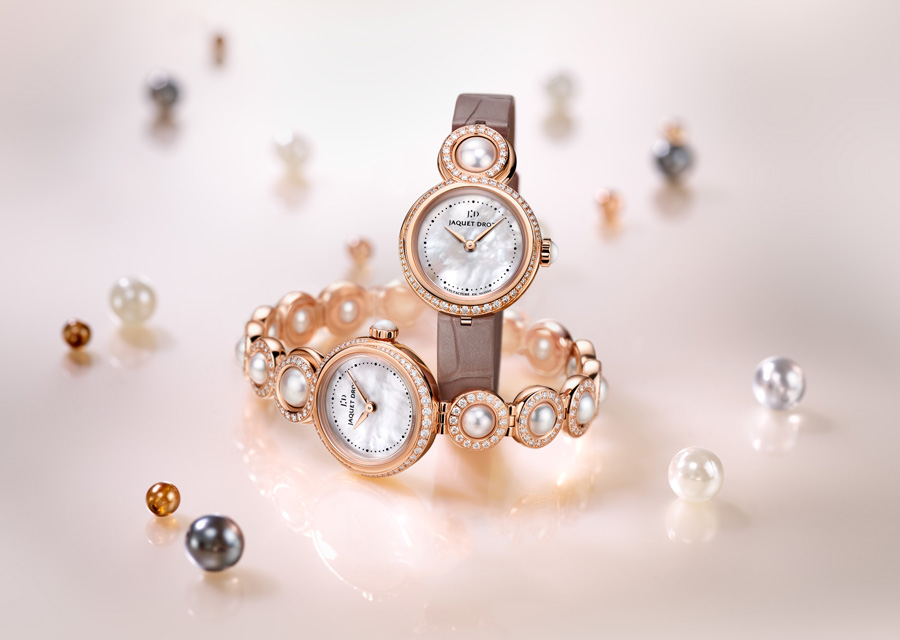
The chic and bohemian version of the Lady 8 Petite by Jaquet Droz is unforgettable. Faithful to the eight-shaped dial, the house’s signature design, the shine of Akoya nacre pearls, which reflects on the many diamonds decorating the 25 mm case, adorns the watch. This elegant piece comes with a taupe alligator strap (€26, 800) or an exceptional red gold bracelet set with 192 diamonds, 9 Akoya pearls and 2 Akoya Mabé pearls (€64,300). Last but not least: the pearl on the upper part of the eight shape is rotating.
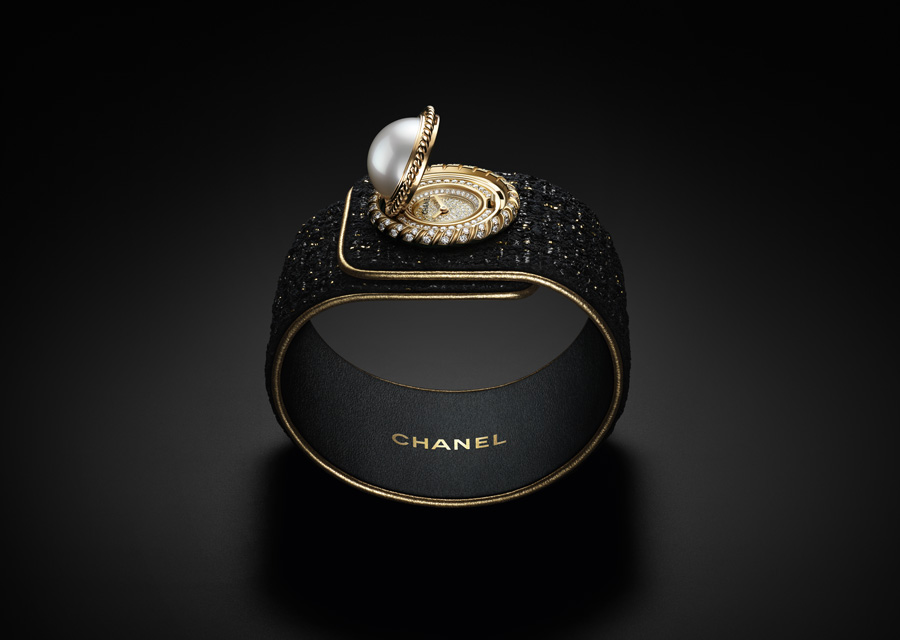
Chanel’s Mademoiselle Privé Bouton watch is dazzling with its 15 mm diameter, half cultured Australian pearl. Part of the eponymous new collection, it is one of the seven pieces equipped with a bouton pearl. It was a favourite of Madame Chanel who paid a special attention to their patterns.
The Breguet Perles Impériales High Jewellery is a perfect example of the sophisticated setting techniques used by the manufacture’s jewellery masters. A myriad of diamonds adorn the ovoid case of this luminous piece, where an Akoya pearl stands out. Fun fact, the watch is a dashing tribute to the Empress Joséphine, wife of Napoléon Bonaparte, who was a fervent admirer of the House.
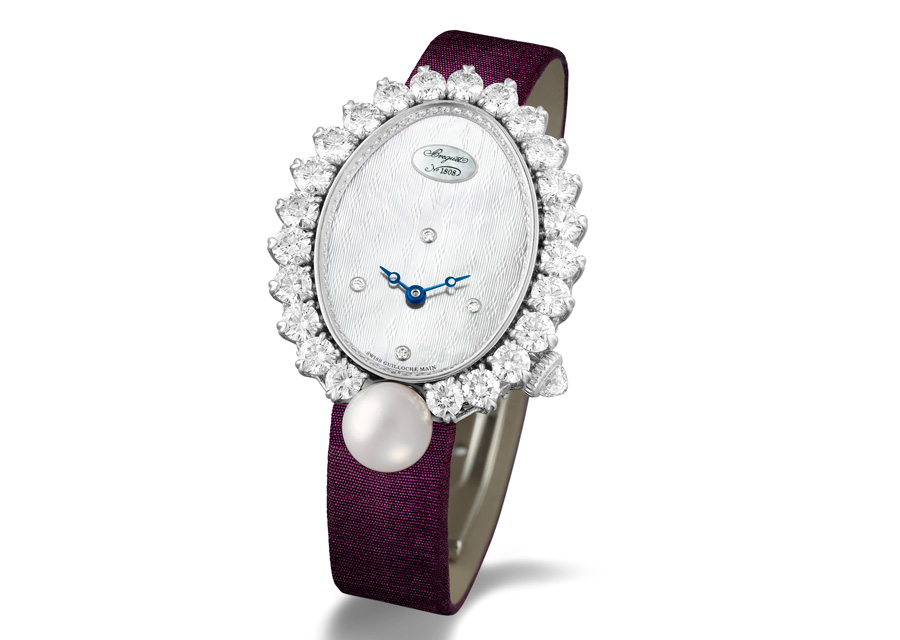
A selection of artist’s pearls…
The Fabergé Pearl Egg
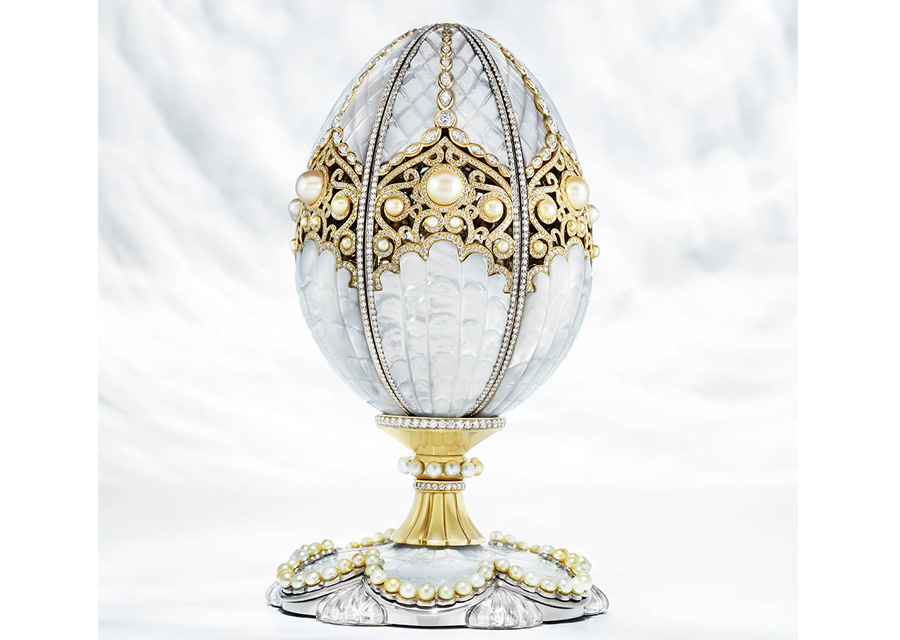
Presented at Baselworld in 2015, this unique Pearl Egg was manufactured by Fabergé to expand the collection of the Al-Fardan family, one of the world’s most renowned collectors of pearls. The designers of the famous Russian house drew inspiration from the pearl’s origin itself to design this egg: it opens like an oyster (in six sections) to revealing its centre a splendid 12.17 carats grey pearl. More than twenty craftspeople helped to create this work of art comprising 139 fine white pearls and 3, 305 diamonds. Each pearl was hand-selected from the Al-Fardan family’s collection. This is the first “Imperial” egg since the October Revolution, more than 100 years ago.
Vermeer’s Girl with a Pearl Earring
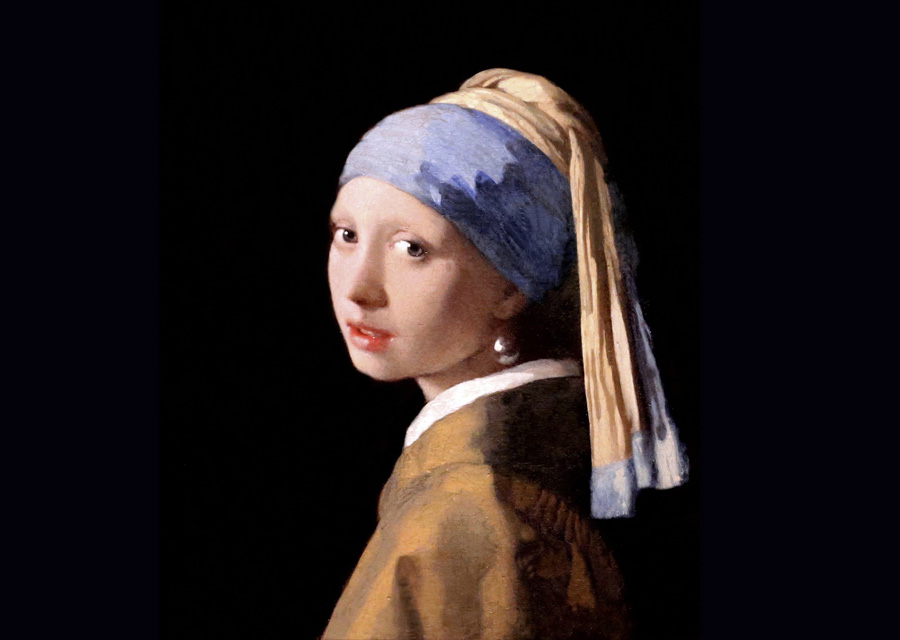
Johannes Vermeer, Dutch painter from the 17th century, often depicted pearls on his canvas. But his most renowned works – and maybe the most renowned work in the history of art – is the painting rightly titled Girl with a Pearl Earring. Kept in the Mauritshuis museum in The Hague (Netherlands), it depicts a young girl in three quarters view, face turned towards the spectator. She wears a stunning blue oriental turban and a pearl shines on her ear. Nicknamed “the Mona Lisa of the North”, this young girl completely embodies the art and mastery of the painter.
www.mikimoto.fr
www.jaquet-droz.com
www.chanel.com
www.breguet.com